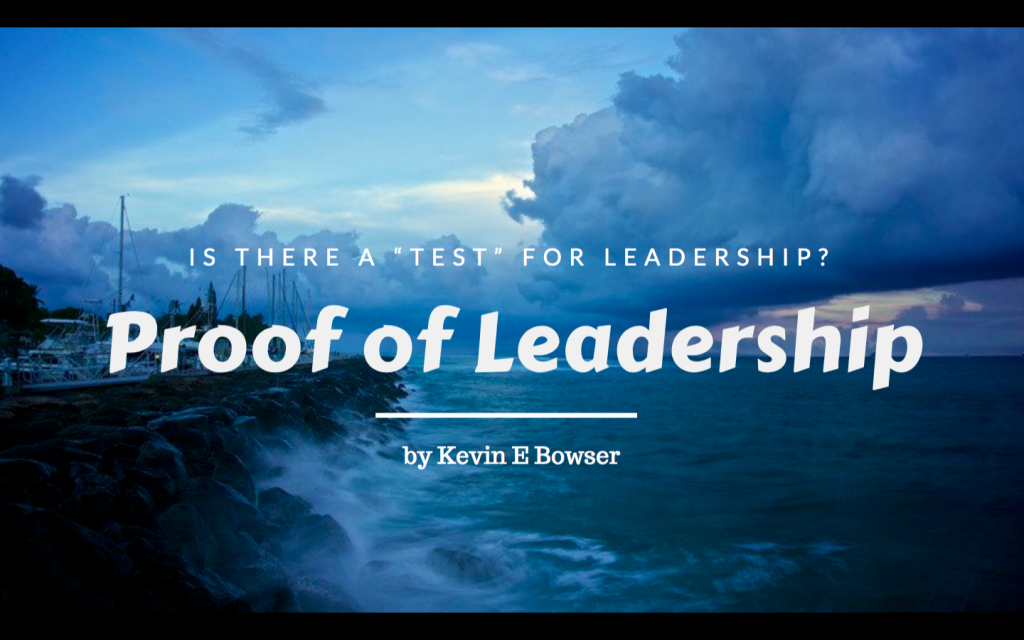I had a chance to play a round of golf last Friday with a couple of friends. But there was another person to join the round of golf — a caddie. Caddies are not a usual component of my golf game. My skills certainly don’t warrant the use of a caddie. Nevertheless, I had the chance to play 18 holes with the use of a skilled and knowledgeable caddie.
Our caddie’s name was Doug. He didn’t look like a caddie. But, then again, I don’t look like a golfer. But he knew the course as well as Jack Nicklaus himself, the designer of the course. He knew every fairway, water hazard, and bunker. He told us where to aim and what areas to avoid. And he could read the greens with absolute precision. He used his knowledge and did everything that he could to set us up for success. All we had to do was to execute the shot. Simple. Not necessarily easy. But, simple to see once he showed us the way.
My friend that was hosting us on that day was a member of the club and knew the course very well having played it hundreds of times. But even he listened to Doug and followed Doug’s advice when it came to reading the greens and putting. I figured that if my friend was listening to the caddie’s advice, I should probably do the same.
The Leadership Lesson
Is there a leadership lesson in there somewhere? Yes. There are several. And here they are. But before we reveal them, it is important to note that you don’t have to be a great golfer to be a great caddie.
Click here to read the rest of the article »











